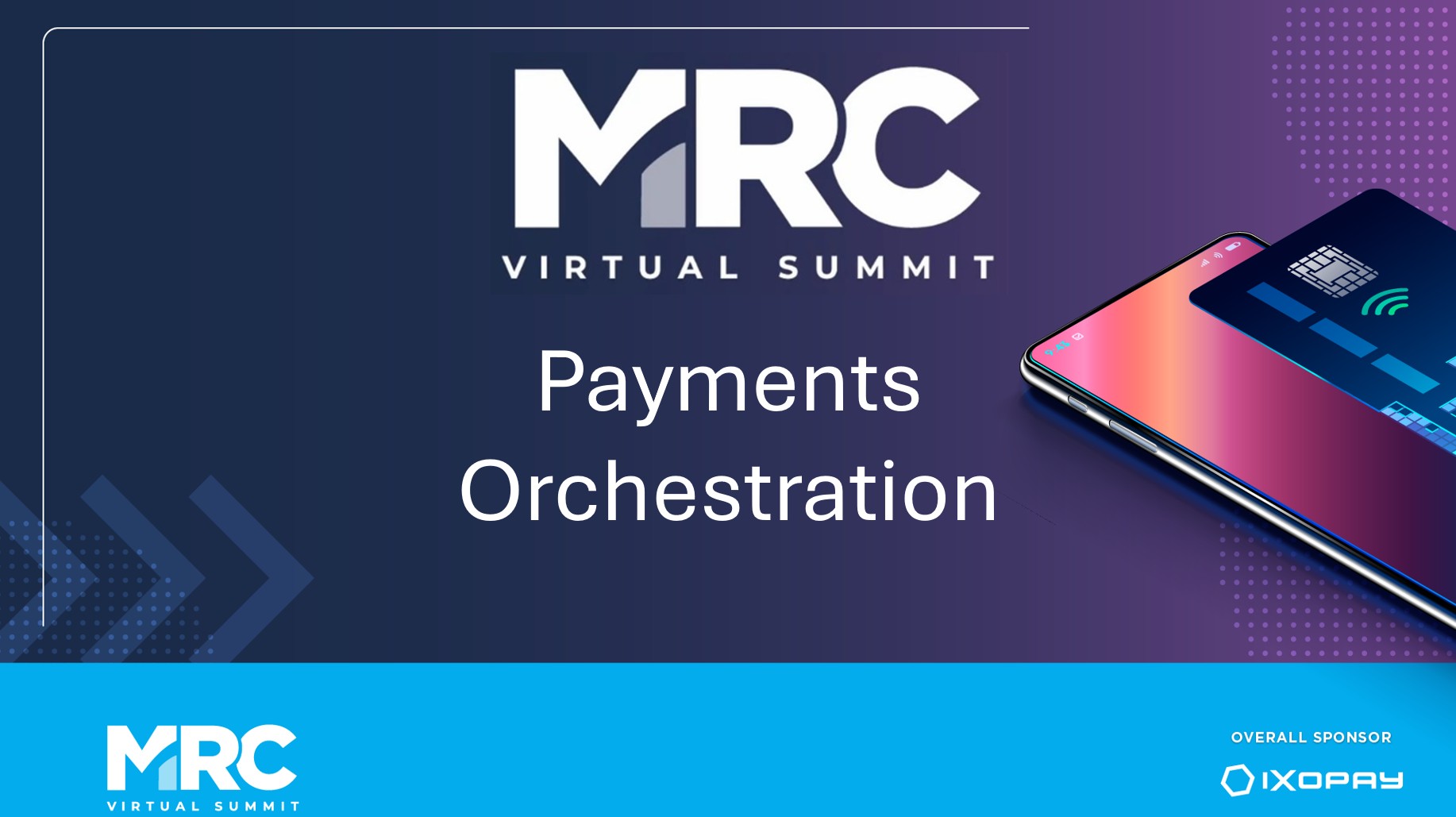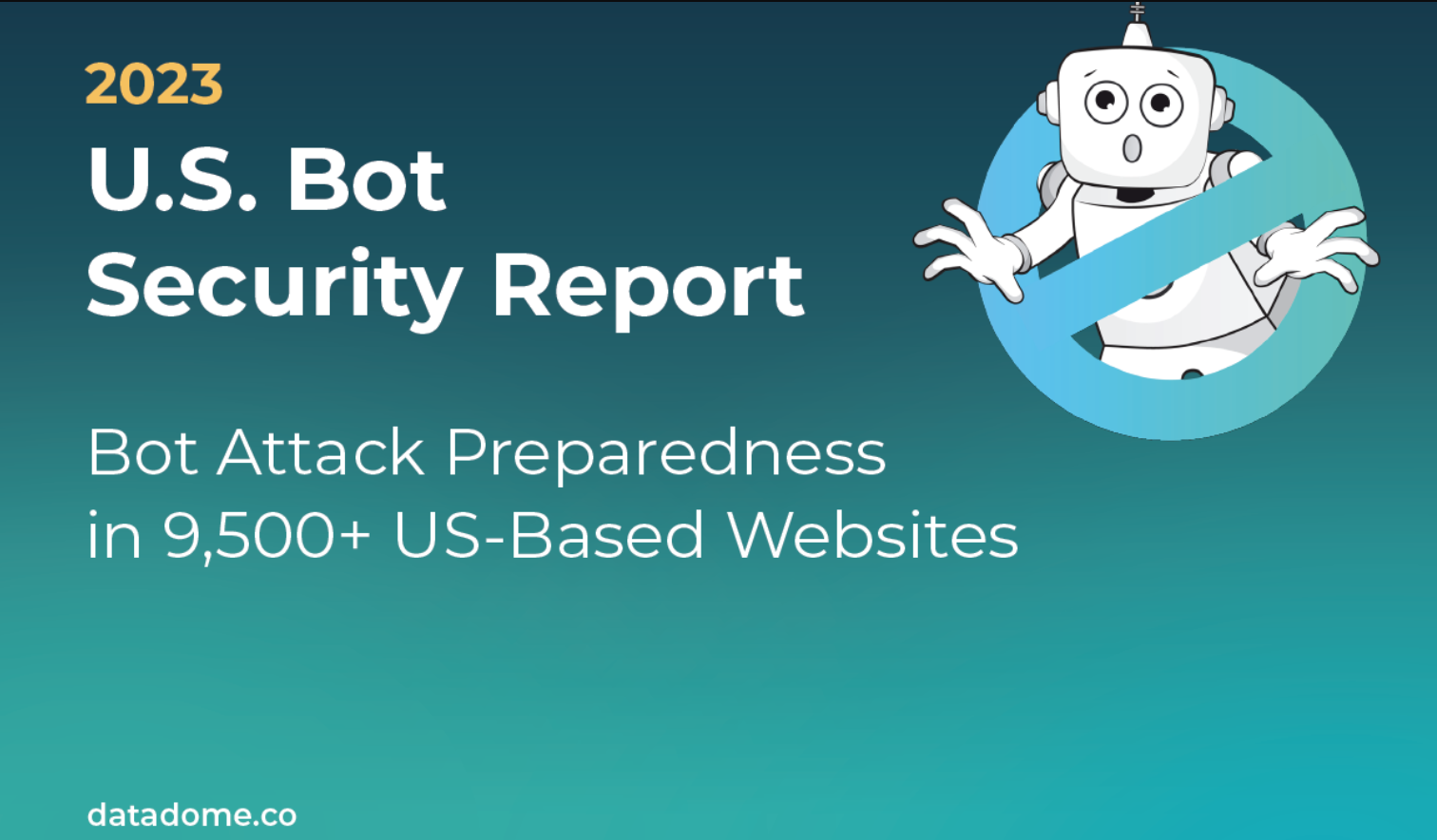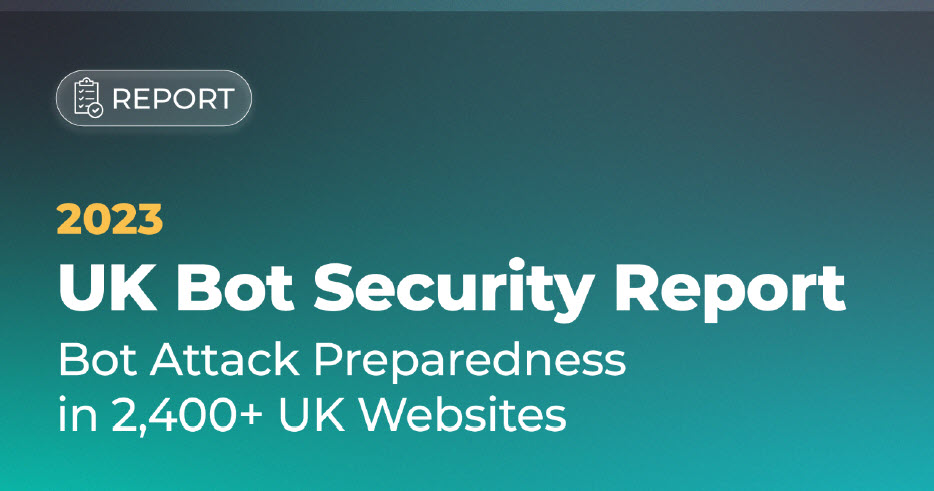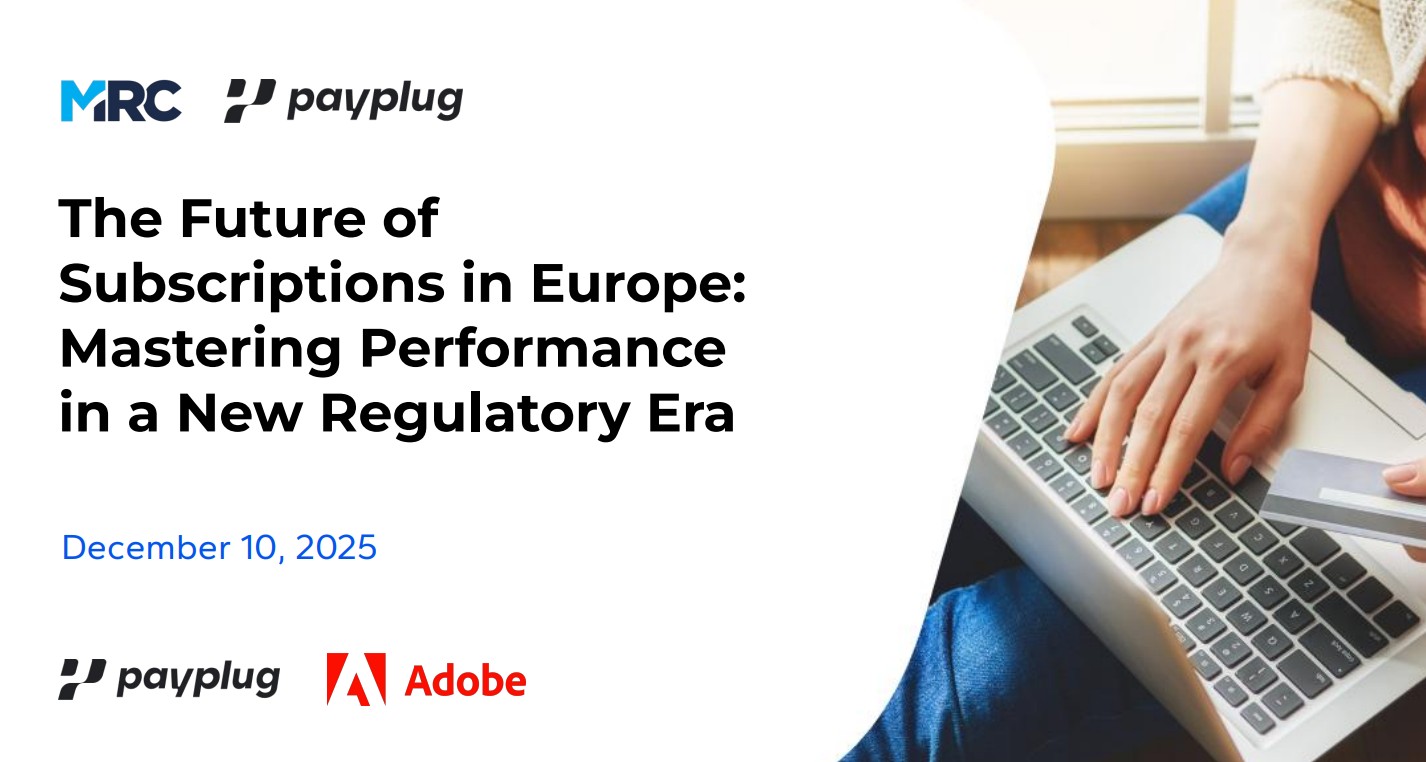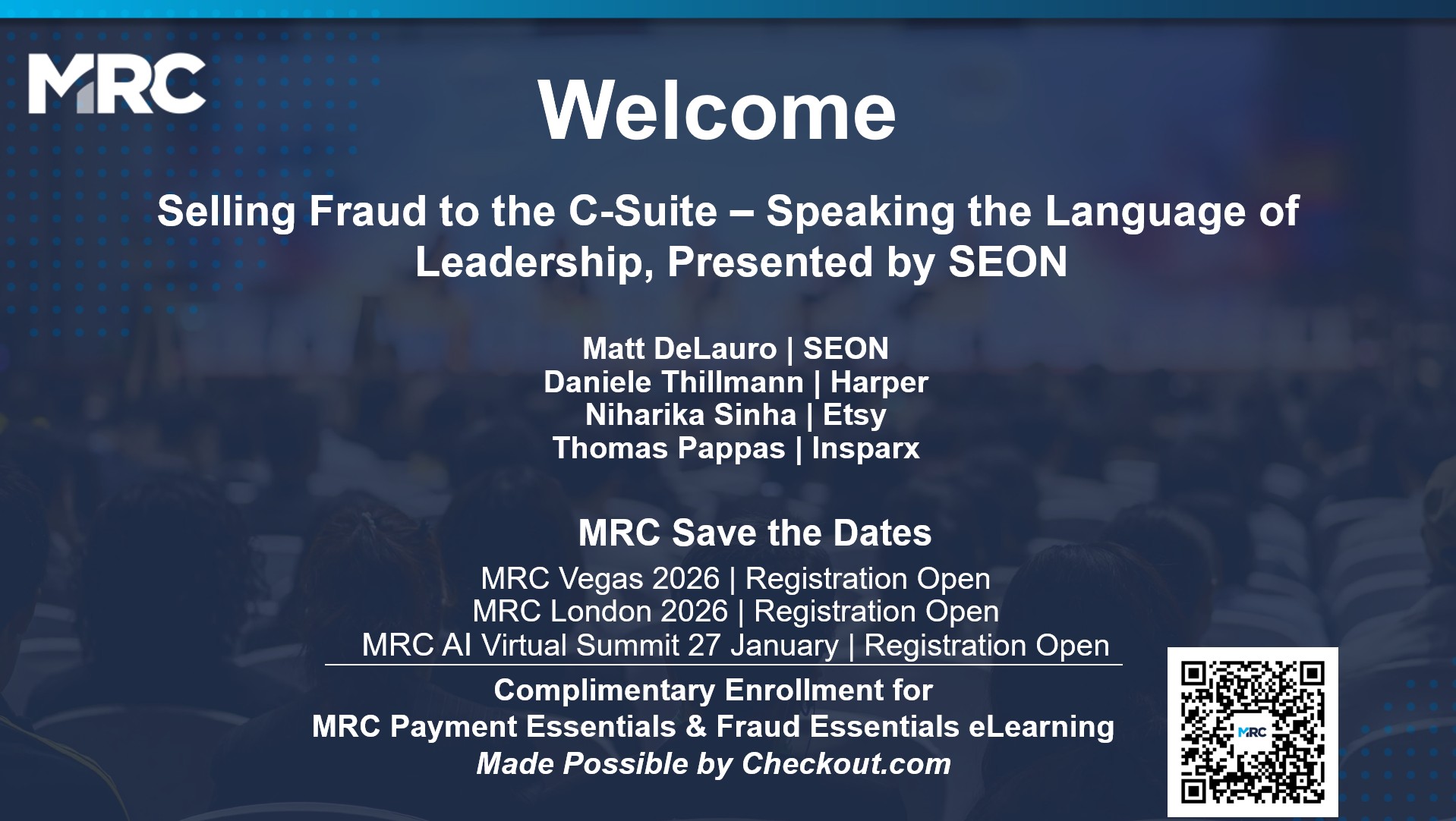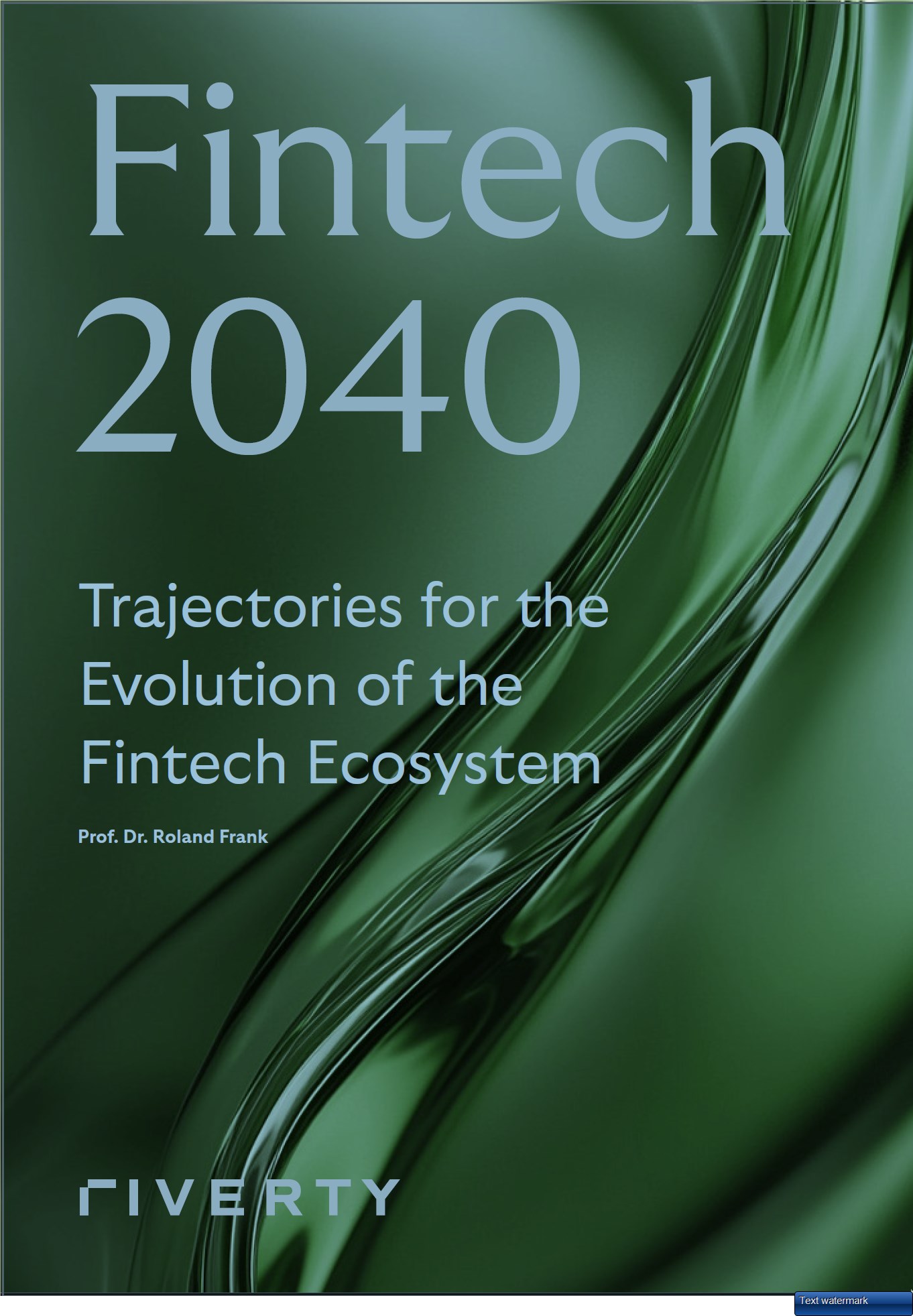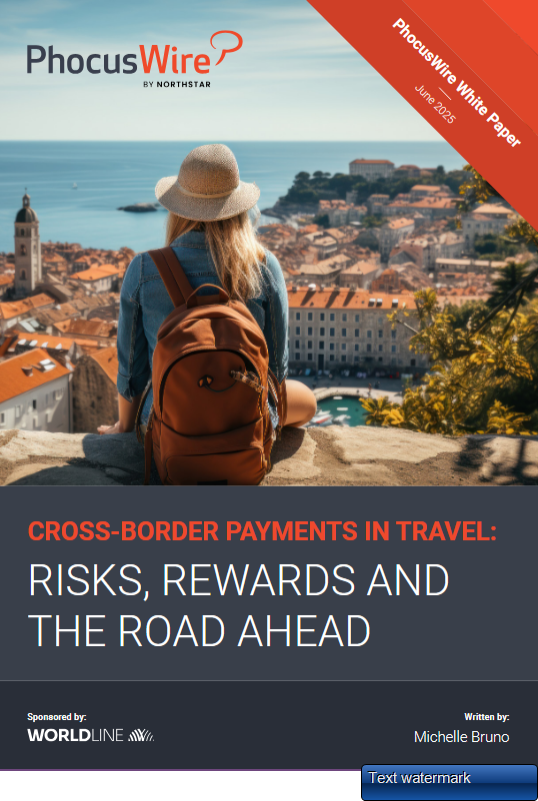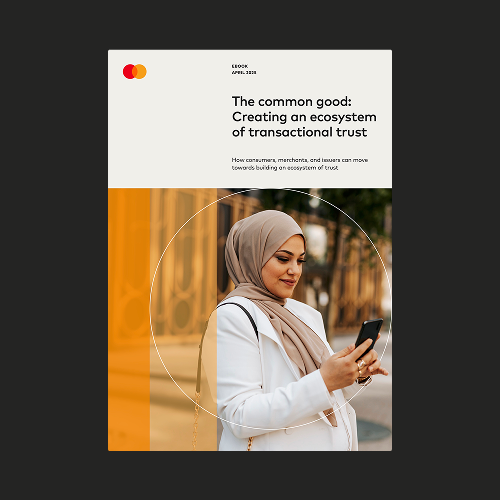How Bots are Stealing Your Customers, Your Inventory - and Your Reputation
Bots are one of the main weapons of choice of bad actors, particularly for malicious activities such as account takeover fraud (ATO) and identity theft. Versatile and adaptable, bots can stage a wide range of malicious activities, ranging from credential stuffing attacks using information exposed in data leaks to the creation of multiple online identities.
For businesses, the combination of bot threats can pose serious problems - especially when it comes to customer satisfaction and company reputation.
This webinar will discuss how bots attack, the negative consequences they can have on an organization and how merchants can protect themselves.
Learning Objectives:
1. How bots attack (and types of bots)
2. The cost of bot fraud
3. Examples of ATO bot attacks
4. How businesses can fight back
Some content is hidden, to be able to see it login here Login




